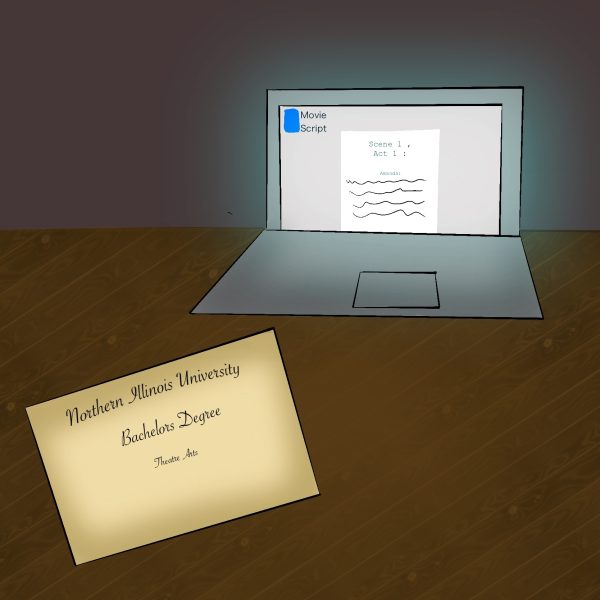Point/Counterpoint: FASFA submission date change
August 29, 2016
Counterpoint:
Kara Mercer
Columnist
Free Application for Federal Student Aid could have kept the Jan. 1 acceptance date while still allowing the previous year’s tax information. This would allow students to get through a full semester before having to worry about applying for financial aid with the convenience of not having to use estimated tax information. For the 2017-18 academic year, FASFA changed the date the government accepts applications to Oct. 1, which could cause problems and unnecessary stress for students.
Students should not have to worry about financial aid a month and a half into the fall semester. It is an inconvenience to have to worry about applying for financial aid when there is homework and midterms approaching.
NIU suggests applying as soon as possible after the opening dates because of the availability of financial aid. The Illinois Student Assistance Commission uses a first come, first served basis for allocating funds to students, according to the NIU’s FAFSA webpage. Students would need to follow this new application opening date if they are planning on receiving aid for the 2017-18 academic year.
Point:
Faith Mellenthin
Columnist
Anticipated adjustments to the annual submission of the Free Application for Federal Student Aid from Jan. 1 to Oct. 1 was a very logical decision that could make the FASFA easier to deal with. President Barack Obama announced changes to the 2017-18 FAFSA, as stated on the Federal Student Aid website Sept. 14, 2015.
I wish I had been informed earlier and more formally by NIU, seeing as an entire year passed from when the original announcement was posted online. However, once this transitional period is over, the application process will run smoother with more lasting benefits.
It never made sense to submit FAFSA Jan. 1 when tax information has not arrived for many people. I always waited until the middle of February when my taxes were complete to submit. I still do not understand why people sent theirs in right away, only to add the most important information later. The new October deadline allows applicants to use the former tax year — for example, 2015 taxes for the 2017-18 FAFSA cycle — thus creating an easy and non-stressful process.
This gives schools and prospective students more time to figure out the information necessary for FASFA. High school seniors will be exposed to FAFSA earlier in the year. This could prompt them to look at colleges more in depth and ask questions earlier on because they will have the FASFA available to them earlier on. It will be possible to add schools to the FAFSA application throughout the process.
Even if someone feels misinformed, there is no reason to get frustrated since the June 30 cut-off date remains the same. The new deadline is not creating unfair situations for people. Instead FAFSA is initiating a long awaited correction to just how painless the application process can be.
Using old tax information could cause problems if that information changes significantly. Along with the new date, students will also be required to fill out their parents or their own tax information from a year prior, so for the 2017-18 academic year, 2015 tax information would be used. Students would need to go into the financial aid office and talk to someone from the university if anything changed.












